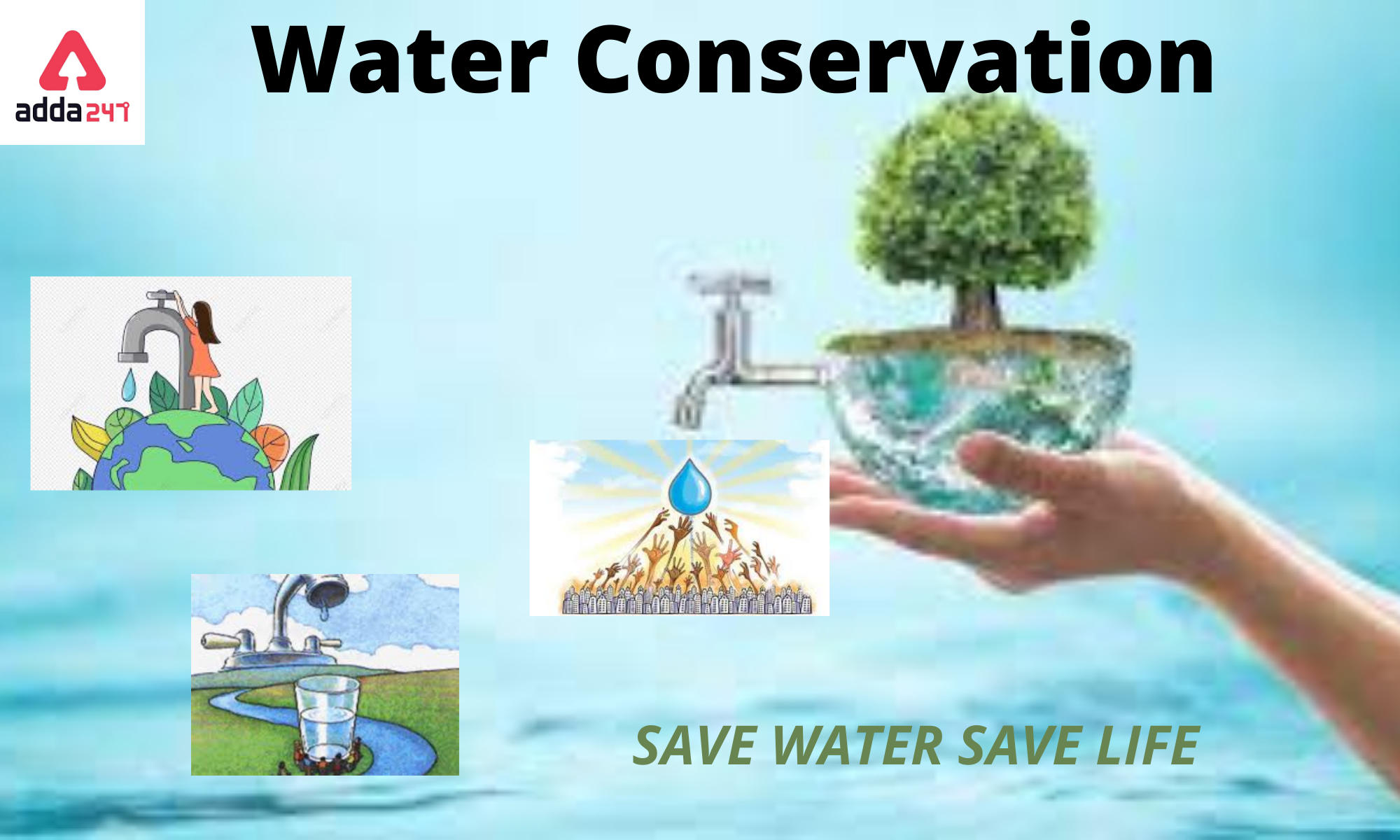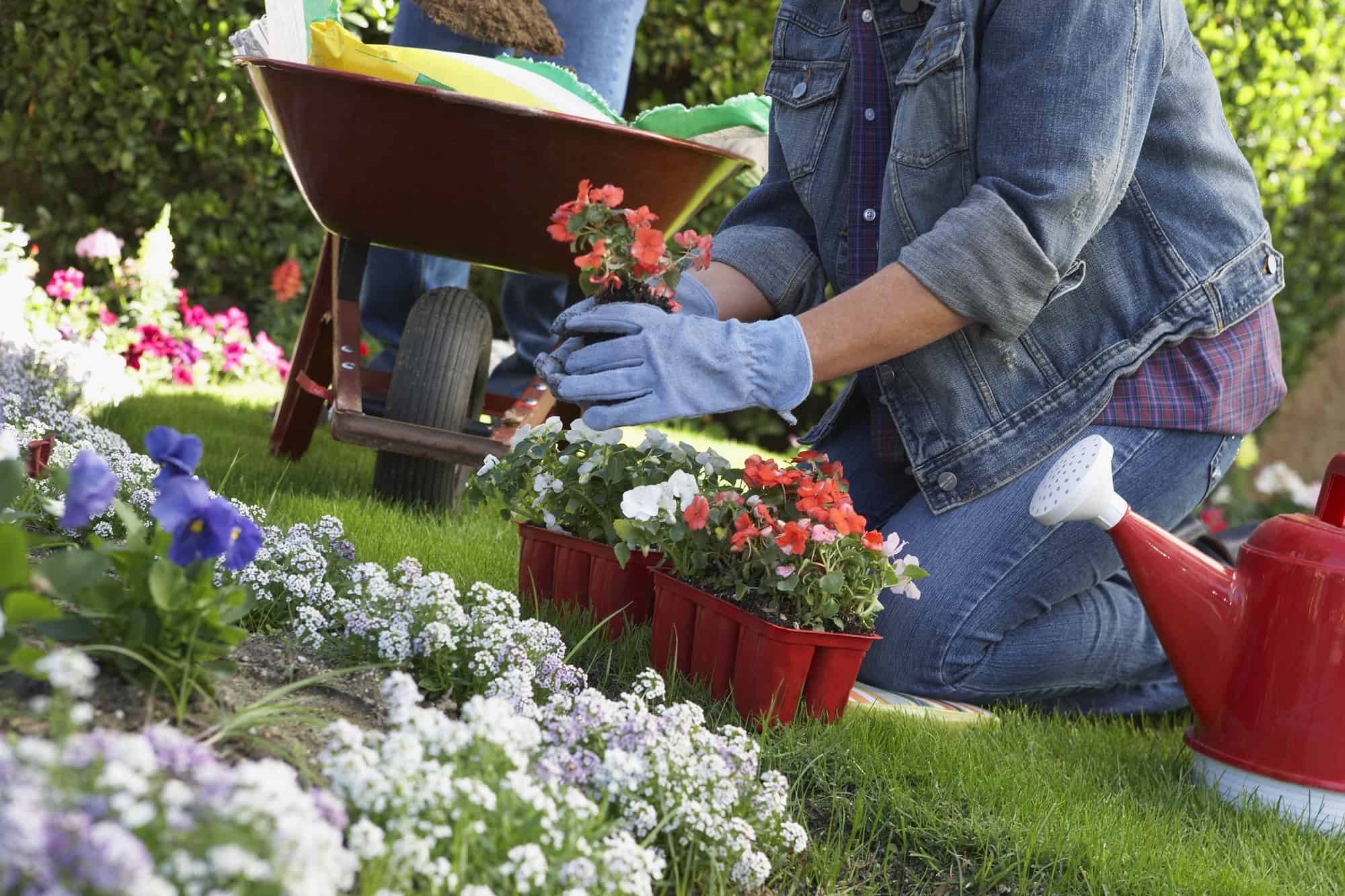How to Save Water: Sustainable Gardening Tips

In the vast expanse of our planet, water is a finite resource. Imagine your garden as a thriving oasis in the desert—a sanctuary that not only beautifies your home but also supports local biodiversity. However, maintaining a lush garden can be water-intensive. As responsible stewards of our environment, it's crucial to adopt water-saving tips for sustainable gardening. This guide will walk you through practical, eco-friendly techniques to conserve water while keeping your garden vibrant and healthy.
Understanding the Importance of Water Conservation
Water conservation is not just about saving money on your utility bills; it's about preserving a precious resource for future generations. According to the Environmental Protection Agency (EPA), the average American household uses about 320 gallons of water per day, with nearly 30% of that used outdoors. By implementing sustainable practices, you can significantly reduce your water footprint and contribute to a greener planet.
Water-Saving Tips for Sustainable Gardening
Choose Water-Efficient Plants
One of the most effective water-saving tips is to select plants that are naturally drought-resistant. Native plants, succulents, and other water-wise species require less water and are better adapted to local climates. For example, lavender, rosemary, and many grasses are excellent choices for water-efficient gardens.
Implement Efficient Irrigation Systems
Traditional sprinkler systems can waste a lot of water through evaporation and runoff. Instead, consider installing a drip irrigation system. This method delivers water directly to the roots of your plants, minimizing waste and ensuring that your garden gets the hydration it needs without excess.
Use Mulch to Retain Moisture
Mulching is a simple yet powerful technique for water conservation. A layer of organic mulch, such as wood chips or straw, can help retain soil moisture by reducing evaporation. Mulch also suppresses weeds, which compete with your plants for water and nutrients.
Collect and Use Rainwater
Harvesting rainwater is an eco-friendly way to supplement your garden's water needs. Install a rain barrel to collect water from your roof, and use it to water your plants during dry spells. This not only saves water but also reduces runoff, which can carry pollutants into local waterways.
Practice Smart Watering Techniques
Timing is everything when it comes to watering your garden. Early morning or late evening are the best times to water, as this minimizes evaporation. Avoid watering during the hottest part of the day. Additionally, water deeply but less frequently to encourage deep root growth, which makes plants more resilient to drought.
Maintain Your Garden Regularly
Regular garden maintenance is key to water efficiency. Remove weeds promptly, as they can steal water from your desired plants. Prune your plants to promote healthy growth and reduce water needs. Regularly check your irrigation system for leaks and ensure it is functioning properly.
Eco-Friendly Tips for a Sustainable Garden
Composting for Soil Health
Composting is a sustainable practice that improves soil health and water retention. By adding organic matter to your soil, you enhance its ability to hold moisture, reducing the need for frequent watering. Compost also provides essential nutrients for your plants, promoting robust growth.
Use Water-Saving Tools
Invest in water-saving tools like moisture meters and rain gauges. Moisture meters help you determine when your plants actually need water, preventing overwatering. Rain gauges can help you track precipitation levels, allowing you to adjust your watering schedule accordingly.
Create a Water-Efficient Landscape Design
Design your garden with water efficiency in mind. Group plants with similar water needs together to create zones that can be watered appropriately. Use hardscaping elements like pathways and patios to reduce the overall area that requires watering.
Educate Yourself and Others
Knowledge is power when it comes to sustainable gardening. Stay informed about the latest water-efficient techniques and share your knowledge with others. Encourage your neighbors and community to adopt water-saving practices, creating a collective effort towards conservation.
Conclusion
Sustainable gardening is not just about having a beautiful yard; it's about making a conscious effort to conserve water and protect our environment. By implementing these water-saving tips, you can create a lush, eco-friendly garden that thrives with minimal water use. Remember, every drop counts. So, let's embrace these sustainable practices and make a difference, one garden at a time.
FAQs
What are some common water-efficient plants? Common water-efficient plants include lavender, rosemary, succulents, and many native grasses. These plants are well-adapted to local climates and require less water.
How does mulching help with water conservation? Mulching helps retain soil moisture by reducing evaporation. It also suppresses weeds, which compete with your plants for water and nutrients.
What is the best time to water my garden? The best times to water your garden are early morning or late evening. This minimizes evaporation and ensures that your plants get the most out of the water they receive.
How can I tell if my plants need water? Using a moisture meter can help you determine when your plants need water. Additionally, observing your plants for signs of wilting or drooping can indicate a need for water.
What are the benefits of harvesting rainwater? Harvesting rainwater is an eco-friendly way to supplement your garden's water needs. It saves water, reduces runoff, and can help lower your water bills.


0 Response to "How to Save Water: Sustainable Gardening Tips"
Post a Comment